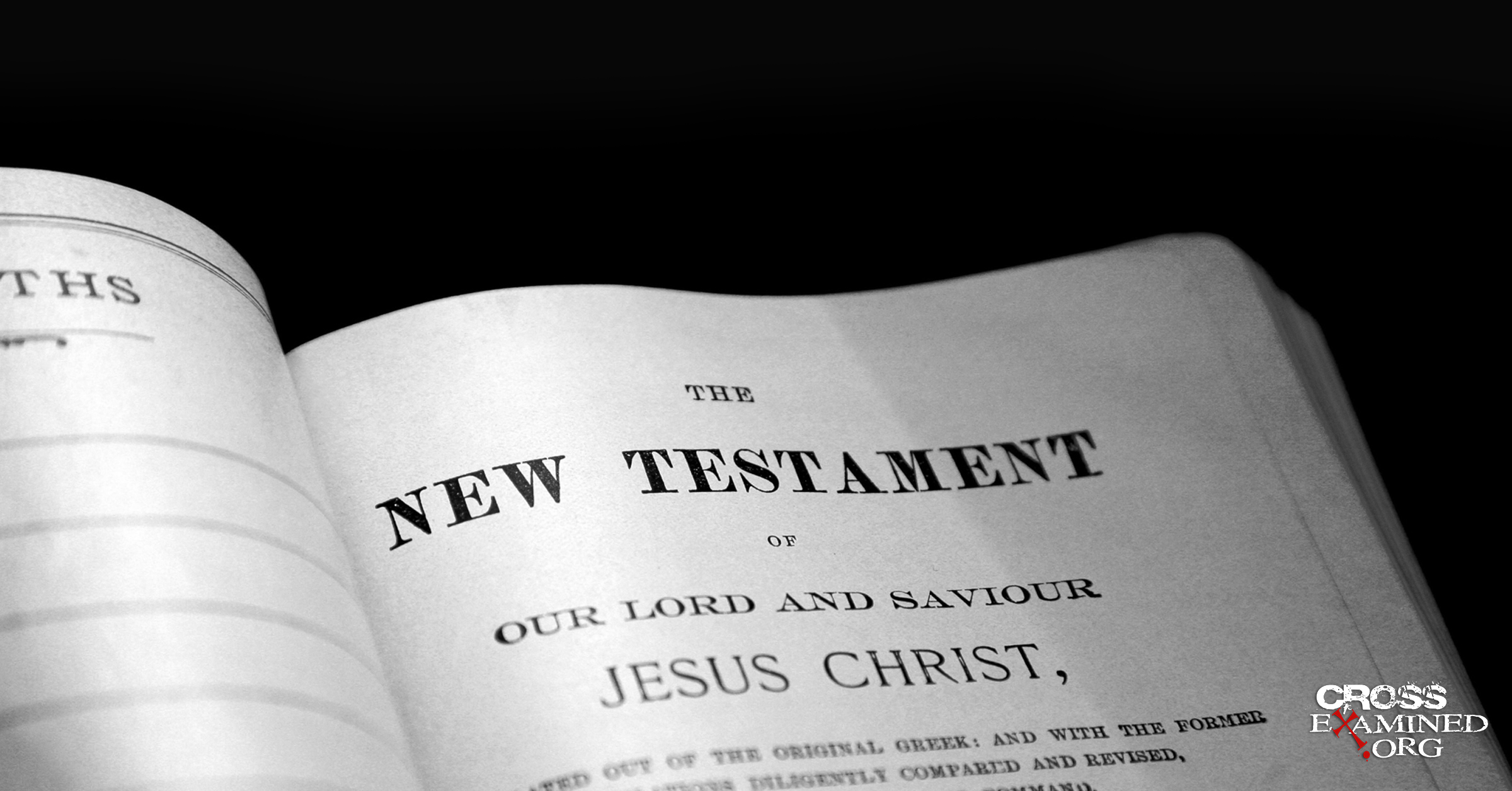Even people who don’t celebrate Christmas seem to know what it’s about — the birth of a Savior who comes to rescue us from the consequences of our rebellion against Him. Ultimately, that means it’s part of God’s rescue plan and where we go when we die. But there’s another aspect to Christmas that I think is important too. It’s also about showing us how to live. And right-living depends on how we think. Unfortunately, our thinking is infused with lies that we’ve accepted as being part of “the human condition.” And believing those lies results in dissension, oppression, racism, political wrangling, class struggle, economic strife, and war. Sadly, it’s all part of the gravest story ever told. Christmas offers an antidote to the effects of that story too.
The story started in The Garden. And we’ve been repeating it to each other ever since. It thrives on divided minds. But we are designed to be united. God and man. Husband and wife. Body and soul. Physical and spiritual. The division we experience is a symptom of wrong thinking about the nature of reality. But there is a way to fix it. Christmas shows us how. It’s the cure for our two-storied world.
Focus On The Physical World
There is an assumption in our contemporary society that all of us have tacitly accepted, even if we claim to be “religious.” It is an assumption born in the Enlightenment and nurtured through four-hundred years of modern philosophy, medical breakthroughs, and technological innovation. The assumption is this: That the physical world is all that really exists. And, since science is the study of the physical world, the logical assumption is that it will give the answers to our most profound questions. This is called Naturalism or Materialism. And many of us claim not to accept this view. We may even argue vehemently against it. But it is a difficult assumption to overcome because it is embedded in the fabric of our culture.
When we hear of an inexplicable healing, or an answered prayer, or an eerie “coincidence,” or a Christmas Star, our initial reaction is to seek a scientific explanation. Even those of us who take our faith seriously secretly wonder if the walls of Jericho really just fell down; if the Red Sea really parted, or (though we would be loathe to admit it) if Jesus really rose from the dead. We are hard-wired to be skeptical of those kinds of claims. In a thousand different ways we have assimilated, accommodated, and capitulated to the materialistic world. And with each baby step in that direction, the idea of the miraculous diminishes into a faintly held belief we have little hope of defending.
Non-Physical Reality
The Apostle Paul told us to “test everything” (1 Thessalonians 5:21). So, we take him up on it. But in our knee-jerk reaction to do so we sometimes forget that a Christian view of the world is not limited to physical things. In fact, science is impotent when it comes to answering our biggest questions. And that’s because Ultimate Reality is not physical. It’s transcendent. It’s spiritual.
The Christian worldview encompasses both the physical and the non-physical. Alone, neither is adequate to describe us as persons. And neither can explain the makeup of all we know and experience. Ideas. Values. Reason. Mind. Morals. Love. None of these things are physical. But all of them are real. Life would be meaningless without them.
Creating The Two-Storied World
The modern, materialistic culture we live in disdains such a view. It does its best to belittle and destroy it. The result is that we are constantly engaged in the battle of ideas that this kind of philosophy has created. Francis Schaeffer addressed this conflict many decades ago. He didn’t originate the idea. But he identified its roots in a kind of “split” thinking. And he popularized the notion in a phrase we all recognize when we talk about taking a “leap of faith.”
On Schaeffer’s view, we have created a two-storied vision of reality. And we all live in it. Think of it as a two-story house. Non-physical realities like values, spirituality, religion, faith and the like, reside upstairs. Downstairs we find things like the physical world and science.
UPPER STORY: Values – Spiritual – Religion – Faith — Private
LOWER STORY: Facts – Physical – Science – Knowledge — Public
Living In The Two-Story World
When you think this way, the lower story is where we are told to go when we want to know the true things. Only science can help us. It is public and verifiable. The culture tells us this is where we should be living our lives. It’s the force behind the exhortation we hear every day to “trust the science.”
Conversely, upper story ideas are private and subjective. We are free to take an irrational “leap of faith” to the upper story if we want to. But we must realize that to do so is to ignore rational thought. That kind of stuff has no business seeping into the “real world.” We take the leap upstairs on faith alone. And while no one is permitted to question the thoughts or ideas of your “private world,” neither are we free to allow those ideas to influence how we understand the lower story.
The Consequences Of A Two-Storied View
Unfortunately, most of us go along with this program unwittingly. We tacitly accept the idea that our personal faith and religion are disconnected from, and have little value in, a fact-based world. But this doesn’t fit with what we know and experience. There is no way to understand meaning and purpose.
The lower story is right in front of us. But it contains no hope. Nothing in it can save us. And our world is filled with people who are wallowing in this disconnected reality. They live in the lower-story, but they long for the upper.
Wrong Solutions
Some religions just accept the disconnect. The secularists deny the upper-story. They try to construct a replica of it downstairs using only lower-story stuff. Conversely, the New Age, Gnostic, and eastern religions try to deny or escape the lower-story. They’re happy to float around upstairs with no attachment to the ground.
Both of these are dismal failures because they can’t make sense of the whole show. They don’t even try. All they can offer is a truncated view of the reality.
Christianity is a house where the two stories meld into one. A place where it all makes sense. Facts and values. Spiritual and physical. Religion and science. Faith and knowledge. All of these make up an integrated view of reality.
The two-storied world is not meant to be divided. It never was. There are stairs right in the middle of the house. But they’re too tall for us to climb.
So, God comes down.
Christmas
This is the other Christmas message. The Author steps onto the stage to offer His ultimate revelation. He shows us that human-centered thinking is inadequate to address the human condition we created shortly after we arrived on the scene. We came up with the flawed philosophy that exacerbated those problems. We’re the ones who manufactured a “two-story” view of the world. Our humanistic thinking divided that which was meant to be indivisible.
Christmas reminds us that it all can be fixed in only one way. God gives us the ultimate example of how the world was meant to be through the Incarnation. That’s what it means. God’s essence quite literally “puts on meat.” “The Word became flesh and dwelt among us.”
The spiritual is united with the physical right in front of our eyes.
At Christmastime, the floor joists shatter and a thundering shock wave pierces the night. The ceiling above our human-centered world collapses. And the spirit Who has been rattling around in the attic comes crashing into our living room.
The divine unites with the human in one person. A person who offers us the perfect example of what it means to bear His image. What it means to function as an integrated whole. That person offers us a way out of our self-made morass of idiotic ideas and worldly wisdom. The infinitely perfect man comes downstairs to rescue us. But He also shows us how to live.
Only He can do such a thing. And when He does, the world makes sense again.
Recommended resources related to the topic:
Jesus, You and the Essentials of Christianity by Frank Turek (INSTRUCTOR Study Guide), (STUDENT Study Guide), and (DVD)
How Can Jesus Be the Only Way? (mp4 Download) by Frank Turek
____________________________________________________________________________________________________________________________________________________
Bob Perry is a Christian apologetics writer, teacher, and speaker who blogs about Christianity and the culture at truehorizon.org. He is a Contributing Writer for the Christian Research Journal and has also been published in Touchstone, and Salvo. Bob is a professional aviator with 37 years of military and commercial flying experience. He has a B.S., Aerospace Engineering from the U. S. Naval Academy, and an M.A., Christian Apologetics from Biola University. He has been married to his high school sweetheart since 1985. They have five grown sons.
Original Blog Source: https://bit.ly/3WctDyY












